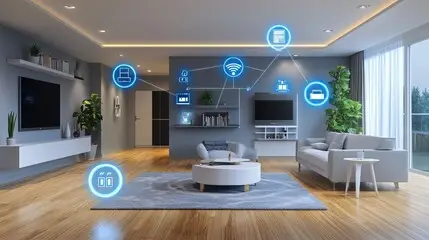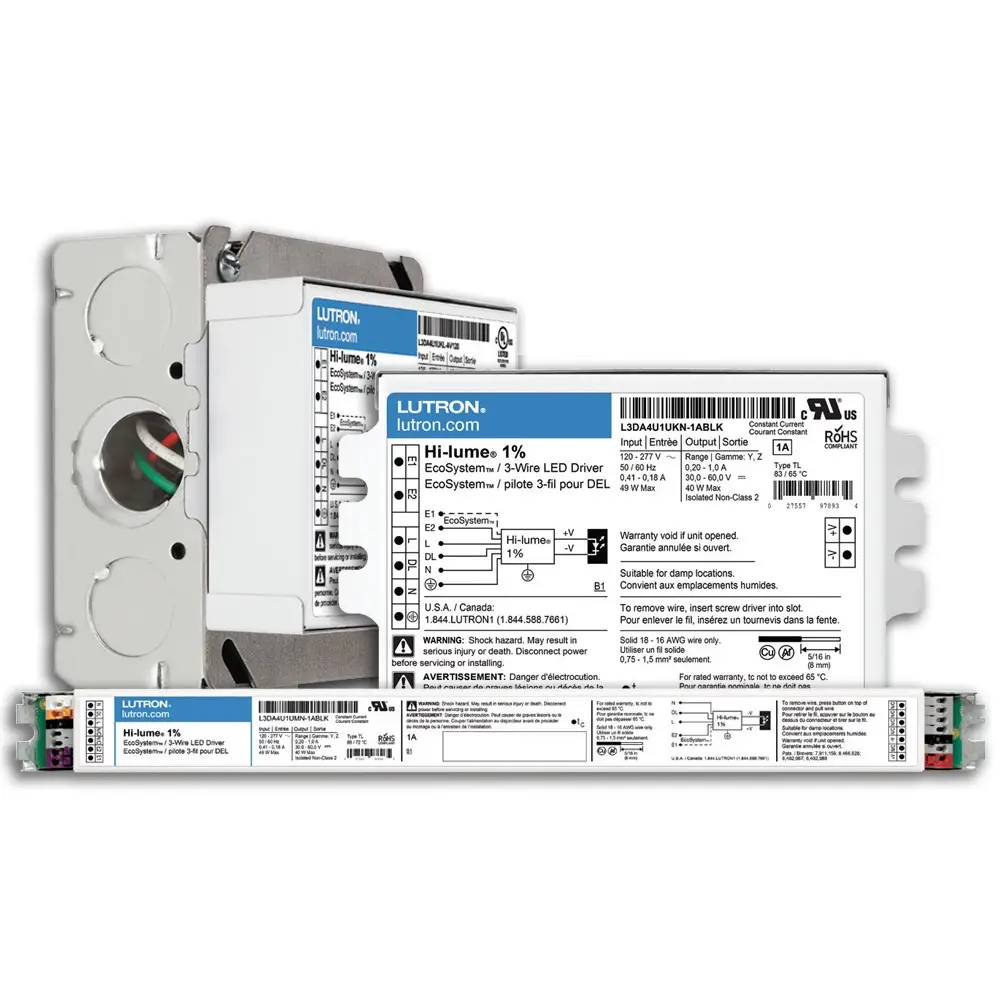Introduction
As smart home technology becomes more advanced, energy-efficient LED lighting systems are at the forefront of innovation. A crucial component of these systems is the LED driver, which regulates power supply and enhances efficiency. By stabilizing voltage, reducing energy waste, and integrating with smart controls, LED drivers play a vital role in modern smart homes. This blog explores how LED drivers contribute to power supply efficiency, energy savings, and home automation.
The Role of LED Drivers in Smart Home Efficiency
1. Voltage Regulation for Energy Savings
- LED drivers ensure consistent voltage and current, preventing fluctuations that lead to energy loss.
- Constant current drivers optimize LED performance by preventing overheating and extending lifespan.
- Dimmable LED drivers reduce power usage by adjusting brightness based on user preferences.
2. Compatibility with Smart Home Systems
- Wi-Fi and Bluetooth-enabled LED drivers allow for remote control and automation.
- Integration with smart home assistants (Alexa, Google Home) enables voice-activated lighting adjustments.
- DALI and Zigbee-compatible drivers enhance multi-zone lighting control for customized ambiance.
3. Reduced Power Consumption & Environmental Benefits
- High-efficiency LED drivers reduce electricity use by up to 85% compared to traditional lighting.
- Power factor correction (PFC) in LED drivers minimizes wasted energy from reactive power.
- Eco-friendly LED drivers contribute to sustainable home lighting solutions.
Best LED Drivers for Smart Home Efficiency
| Product | Efficiency Rating | Smart Compatibility | Best For |
|---|---|---|---|
| Mean Well LCM Series | 90%+ | DALI, Zigbee | Multi-zone smart lighting |
| Lutron Hi-Lume LED Driver | 95%+ | Wi-Fi, Smart App | Home automation & dimming |
| Philips Xitanium LED Driver | 88%+ | Bluetooth, DALI | Energy-efficient lighting |
| Tridonic LED Drivers | 92%+ | Smart home hubs | Tunable white applications |
| Osram OTi DALI LED Driver | 90%+ | DALI, KNX | Industrial & residential use |
Installation & Optimization Tips
1. Choose the Right LED Driver for Your Setup
- Match driver output voltage with the LED fixture requirements (12V, 24V, or 48V).
- Use constant current drivers for high-performance LEDs.
2. Optimize Smart Home Integration
- Pair with a smart home hub to enable automated lighting schedules.
- Utilize motion sensors and daylight harvesting for maximum energy savings.
3. Prioritize Surge Protection & Heat Management
- Install LED drivers with built-in surge protection to prevent voltage spikes.
- Ensure proper heat dissipation by using ventilated driver enclosures.
Conclusion
LED drivers are essential for optimizing power efficiency in smart homes, ensuring consistent lighting performance, energy savings, and seamless automation. By selecting the right driver with smart compatibility, homeowners can enhance their lighting systems for efficiency, sustainability, and modern convenience.
Would you like recommendations on custom LED drivers tailored to your smart home setup?


